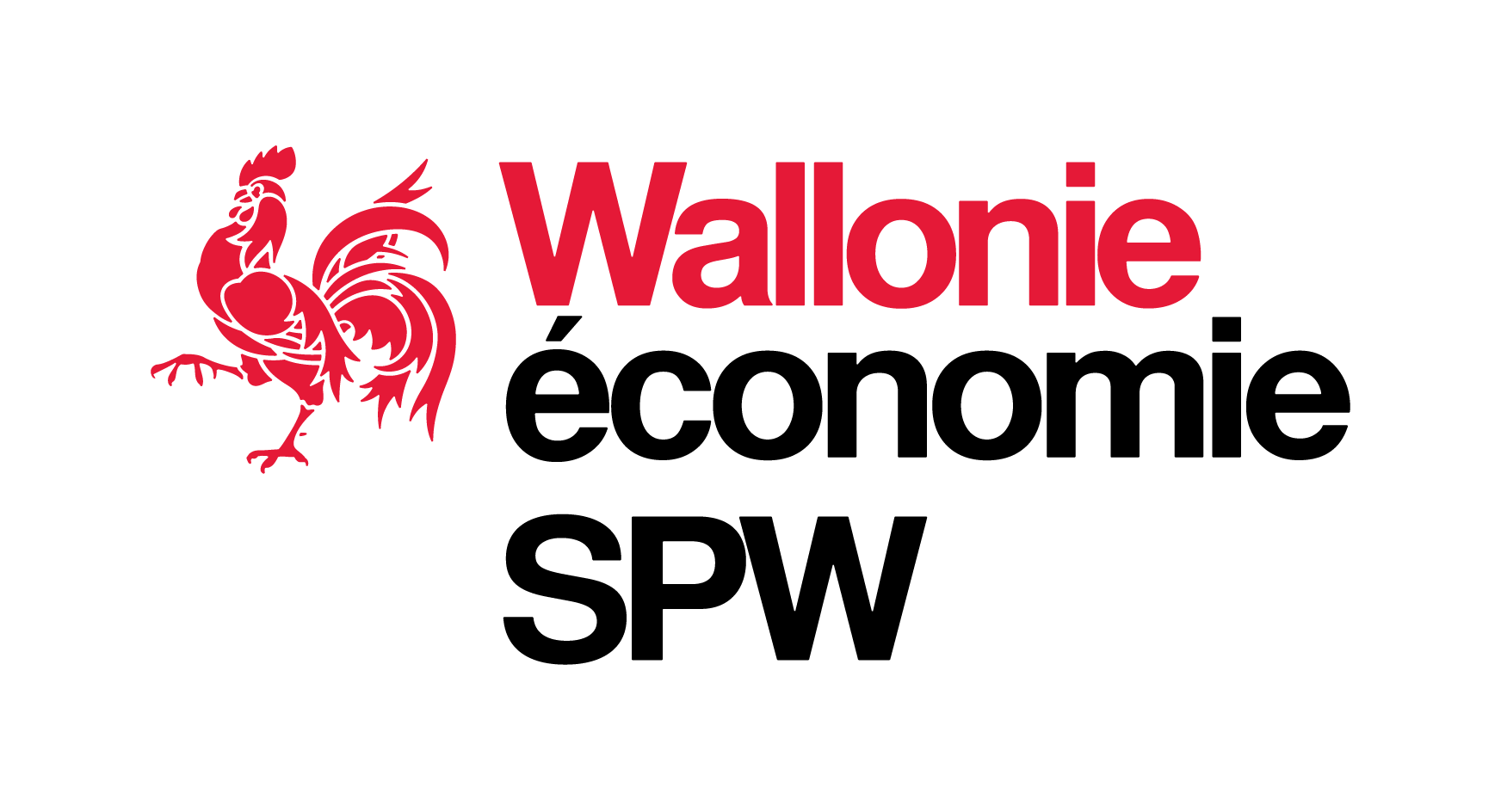Receiving compensation if work is carried out on my street
Is your business affected by construction work? If you meet the conditions, you may be entitled to compensation for loss of sales due to construction sites on public roads disrupting your business.

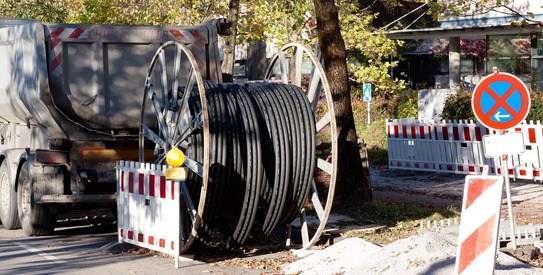
What are compensatory payments?
Compensatory payments are financial aid for businesses and self-employed people whose activities are disrupted by construction work for at least 20 consecutive days. If you meet the conditions, you may receive €100 per day, up to a maximum of €7,000 per year.
- PLEASE NOTE
- All applications must be made exclusively via our mobile app (see detailed procedure).
- The first photo of the obstruction you take with the app starts the 20-day minimum period for receiving compensation. This date cannot be retroactive. Only photos taken with the app are accepted, as they validate the time and place. -
Who is it for? How? Read about the details
All proceduresFAQ
What is an obstruction?
In the context of compensatory payments, an obstruction is a disruption caused by work on the public roads that directly affects a business's activity.
We accept three types of obstruction: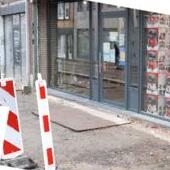
pedestrian obstruction
If pedestrian access to your business is severely disrupted, this means it is very difficult for customers to reach you. Not all work on public roads creates an obstruction. Your claim may be refused if the works allow good pedestrian circulation.

public parking obstruction
If the parking spaces in the immediate vicinity of your company are not accessible, this is an obstruction. However, if only a small percentage of parking spaces are unusable, this will not be considered an obstruction.
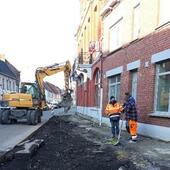
private parking obstruction
If your company's private customer car park is inaccessible, you can claim compensation, regardless of the distance between the car park and your company.
For a company to receive compensation, the work must be the main and direct cause of the obstruction. Secondary nuisances, such as dust, noise or a detour, are not sufficient to justify compensation.
Each application is examined individually, which means that two companies located near each other may be affected differently by the work and not receive the same compensation.How do you prove an obstruction?
To prove an obstruction, you must provide regular evidence of the disturbance. In concrete terms, you must provide us with three photos every five days. These photos, which include the date and location, show the obstruction even if the work is supposed to be completed, according to the public authorities.
This procedure must be followed, as without this evidence we will not be able to approve your application.
How can we be sure that the company has fewer than ten employees?
To judge the ten-worker criterion, we look at the total number of people employed by the company, as declared to the NSSO, regardless of their working hours. This includes students, temporary workers and apprentices. If the company has subsidiaries, the employees of both the parent company and subsidiaries must also be counted. A subsidiary is a company over which the company exercises decisive control, either in law or in fact.
When to create a file ?
To know when to create your file, it is important to distinguish between two stages: creating the file and reporting the obstruction.
- Creation of the file: You can create your file as soon as the work is announced, which must be no later than 15 days before it begins. The work does not need to have started for you to create a file with your company's information.
- Reporting the obstruction: Reporting the obstruction marks the start of the compensation process and begins the countdown of the minimum 20 days required to claim compensation. You must report the obstruction the first day it occurs.
It is possible to report several consecutive obstructions in the same file. For example, if the work disrupts your business for fewer than 20 days at one point, but another phase of the work lasts longer than 20 days, you can report these successive obstructions to receive compensation.
Who can submit an application?
Anyone can create a file on their smartphone: the manager, an employee, a family member or even someone from outside the company. However, it is important that only one person is responsible for the file.
For example, a student can manage applications from several retailers affected by construction work in the same area. Furthermore, a local organisation can loan a smartphone to create and monitor multiple applications, even if they are managed by different people.
What are the criteria for a valid photo?
For a photo to be considered valid for compensation purposes, it must meet several criteria:
- take photos from the WALLINCO app. The app geolocates and time-stamps each photo, which is essential for proving the continuity of the obstruction.
- Types of obstruction:
- For a pedestrian obstruction, the photo must show the front of the affected establishment.
- For a public parking obstruction, the photo must also show the front of the establishment.
- For a private parking obstruction, photos can be taken from a distance, but must always link the obstruction to the business.
- Do not take photos of other photos or of computer or telephone screens. These photos will not be accepted as they cannot be used to verify the date or location.
- Follow the app's calendar to find out when to take photos. If you encounter technical problems, please contact us immediately to avoid your application being declared incomplete.
Respecting these criteria ensures that your photos will be accepted as valid proof of the obstruction suffered by your company.
What are the most common reasons for refusal?
The most common reasons for refusal are:
- the activities are not being obstructed as defined in the regulations: This means that the work in progress does not significantly affect the company's activities according to the criteria established by the regulations.
- the company has not registered a business unit at the address of the works: To be eligible, the company must have an officially registered business unit at the address where the work is taking place.
- the photo does not show the impact of the obstruction on activities: The photographic evidence provided is not sufficient to demonstrate that the work is actually disrupting the company's activities.
So make sure you meet all the conditions before submitting an application.
What are the payment terms?
Compensation is paid in two parts:
- a first instalment for the first 20 days of obstruction
- a second instalment for the remaining days of obstruction
Your application starts when you take the first obstruction photo.
You will receive a reply from the administration concerning your first instalment within 30 days of submitting your application.
Your application ends when you take the last obstruction photo. The date of this photo determines the amount of your second instalment.
What should I do if I am absent?
If you need to be absent during the work, it is essential to maintain the required photo documentation.
You can transfer your file to a third party directly from the app. This person will then be able to ensure continuity in monitoring while complying with the photo requirements.
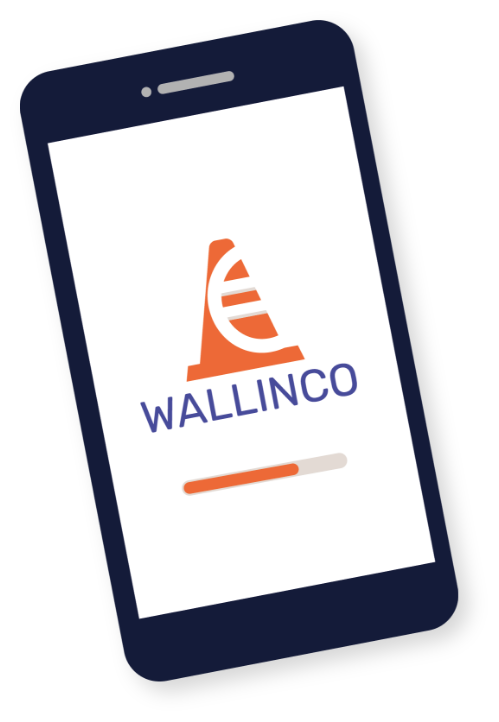
Download the app
Any questions? Any problems?
Contact the compensation department
Telephone hotlines
Tuesday: 9am – 12pm
Wednesday: 9am – 12pm
Thursday: 9am – 12pm
Friday: 9am – 12pm
Are you looking for other solutions for your project?

Receive personalised advice and quickly find the answers to your questions. Find the help you need on 1890.be.
Discover other solutionsOther state aid

Innovation, training, exports, consultancy... Take a look at all the state aid available to Walloon companies.
To the Midas database